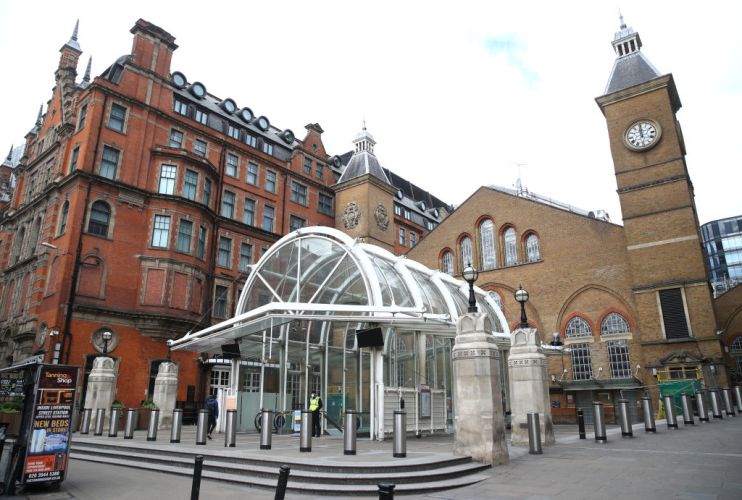£1.5bn Liverpool Street station upgrade sparks conservationists’ concerns

A £1.5bn proposed upgrade of Liverpool Street station has sparked concern among conservationists.
Shard Quarter developer Sellar, alongside Network Rail and Elizabeth line operator RMT, unveiled the plans today.
The mixed use blueprint includes plans for up to 10 floors of office space, as well as six floors taken up by the Andaz hotel.
Developers said the historic facade of the Andaz hotel, which opened as the Great Eastern Hotel in 1884, would be “sensitively restored.”
Proposals also include the creation of more than 1.5 acres of public realm around the main station building as well as pedestrianising Liverpool St.
The plans would involve £450m private funding towards capacity improvements at the station, including step-free access to all Tube platforms.
The station was reopened by Her Majesty the Queen in 1991, after six years of works.
However, the Victorian Society said it seemed likely the plans could be “extremely harmful” to the listed structure and surrounding conservation area.
Victorian Society director Joe O’Donnell said the society would be keen to fight the development at a public inquiry.
The society had not yet been consulted on the plans, despite the station being opened in 1875, which it called “extremely disappointing.”
The conservation group had successfully managed to prevent a demolition of the station at a 1975 public inquiry.
It was currently unclear how much of the Grade II listed building would be lost or how many storeys would be built on top of the station concourse, campaigners said.
Campaigners said if the development was similar to Sellar’s projects at the Paddington Cube and the Shard, the scheme was “likely to overwhelm the listed building.”
Save Britain’s Heritage also said it would await more details on the plans, with initial proposals dubbed “a PR exercise” by director Henrietta Billings.
“Londoners and visitors alike will expect any proposal in such a sensitive and historic location to respect the history, fabric and setting of these landmark buildings and we will be watching closely,” she said.
Whereas, Historic England said it was strongly opposed to the scheme, as it was “fundamentally misconceived.”
Investment in London’s transport infrastructure was “vital” as passenger numbers were “rebounding quickly” post-Covid, James Sellar, chief executive at Sellar, said.
“Poor commutes” were “a barrier to London’s growth” and proposals would “alleviate [the station’s] chronic overcapacity issues and future-proof it for generations at zero cost to the tax or fare payer,” Sellar added.
The proposals would also ensure “the City remains competitive” post Brexit and post pandemic, he said.
Proposals would turn the station “into an exciting mixed-use destination in its own right, whilst sensitively restoring and showcasing the station’s heritage architecture,” Robin Dobson, group property director at Network Rail, said.